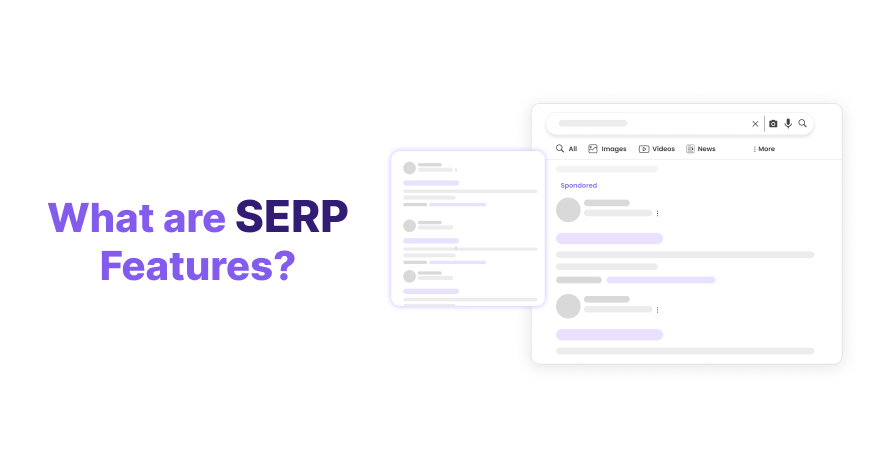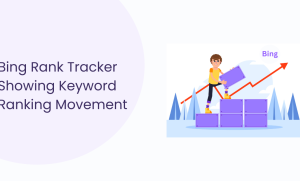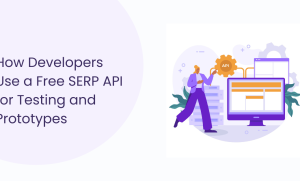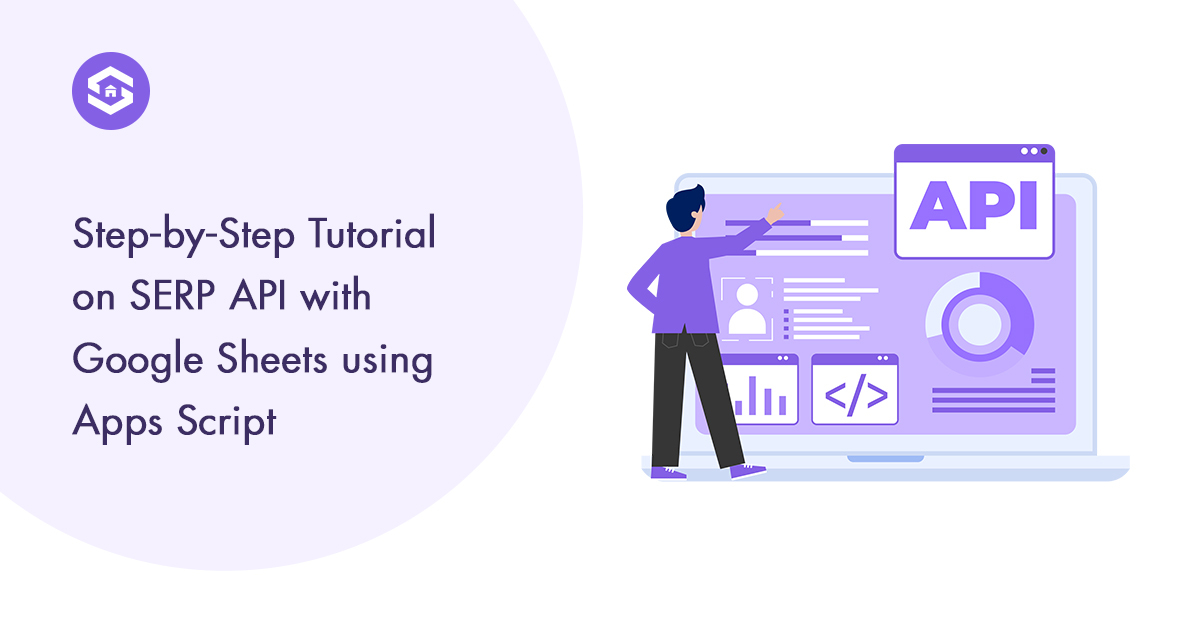Table of Contents
Table of Contents
In today’s fast-paced digital world, search engines have become the go-to source for finding information.
When you enter a search query, you’re not just presented with a list of blue links anymore.
(SERPs) have evolved significantly, incorporating various features that offer users a richer and more engaging experience.
This comprehensive guide delves into the complete list of SERP features that can enhance your search experience and help you find information more efficiently.
Introduction: The Changing Landscape of SERPs
Search engines, notably Google, constantly evolve to provide users with the most relevant and comprehensive information on the search results page.
Gone are the days of simple search results; today’s SERPs are a dynamic blend of organic results and diverse features that cater to specific user needs.
What are SERP Features?

SERP features, or rich snippets or rich results, are specialized displays on search engine results pages alongside traditional organic search results.
These features aim to present more structured and visually appealing information, providing users with quick answers and relevant content without having to click through to a website.
The Importance of SERP Features List for Users
SERP features offer several benefits to users.
They provide immediate access to information, making finding quick answers to common questions convenient.
For example, a featured snippet might directly display the steps to bake a cake, saving users time and effort.
The SERP features list also offers variety, catering to different learning styles – visual learners might benefit from image packs.
In contrast, video carousels cater to those who prefer video content.
Types of SERP Features
SERP (Search Engine Results Page) features are specialized elements on search engines like Google.
They provide users with diverse and informative content formats, enhancing the search experience.
Typical SERP features list includes:
Organic Results: These traditional blue links respond to a search query. They are not paid for and are ranked based on search engine algorithms.
Paid Results (AdWords/Ads): These advertisements appear at the top and bottom of the search results page. Advertisers pay for these positions, typically labelled as “Ad” or “Sponsored.”
Featured Snippets: These are highlighted boxes that directly answer a user’s query at the top of the search results. They aim to quickly provide information without requiring the user to click through to a website.
Knowledge Graph: Information panels that appear on the right-hand side of the search results, providing a summary of information about a person, place, or thing. Google’s Knowledge Graph is a prominent example.
Local Pack (Map Pack): For local queries, such as “restaurants near me,” a map with a list of local businesses appears, along with their contact details and ratings.
Reviews: Review stars and snippets that appear in search results for products, services, and businesses. They offer a quick insight into the quality and reputation of what’s being searched for.
Image Packs: A group of images related to the search query, often displayed in a row. Clicking on an image usually leads to a larger view of the source webpage.
Video Thumbnails: Thumbnails of video content relevant to the search query, often from platforms like YouTube.
News Box: A box featuring news articles or updates related to a specific topic or search query.
People Also Ask (PAA): A list of related questions that users commonly ask, which expands to reveal additional search results when clicked.
Top Stories: News articles and updates from authoritative sources for current events and trending topics.
Site Links: Additional links beneath the main search result, directing users to specific website sections.
Related Searches: A list of related search queries at the bottom of the search results, helping users refine their search.
Twitter Carousel: Recent tweets related to a specific topic, often seen when searching for breaking news or trending events.
Shopping Results: Product listings and prices for e-commerce searches, often displayed with images and links to online stores.
How Do SERP Features Impact SEO?
SERP features have a significant impact on SEO strategies.
While traditional SEO focuses on achieving high organic rankings, optimizing for SERP features involves tailoring content to appear in these specialized displays.
To rank in featured snippets, content should provide concise answers to common questions, preferably in a bulleted or numbered list format.
Knowledge panels, on the other hand, require accurate and comprehensive information about the entity.
FAQs About SERP Features
The main goal of SERP features is to provide users with quick and relevant answers directly on the search results page. This enhances the user experience by saving time and clicks.
To optimize for featured snippets, identify commonly asked questions in your niche and provide clear, concise answers in your content.
Use bullet points or numbered lists to make your information easily scannable.
The user’s location influences SERP features, such as local packs. Google aims to provide location-specific results to cater to users’ immediate needs.
Yes, you can track the performance of your content in SERP features using tools like Google Search Console and third-party SEO tracking tools. Monitor impressions, clicks, and rankings to assess your content’s visibility.
Conclusion:
SERP features have become integral to the search experience as search engines evolve.
These diverse displays offer users quick access to information, making their search journeys more efficient and enjoyable.
By understanding the SERP features list and optimizing your content to appear in them, you can enhance your online presence, provide value to your audience, and ultimately stand out in the competitive digital landscape.














